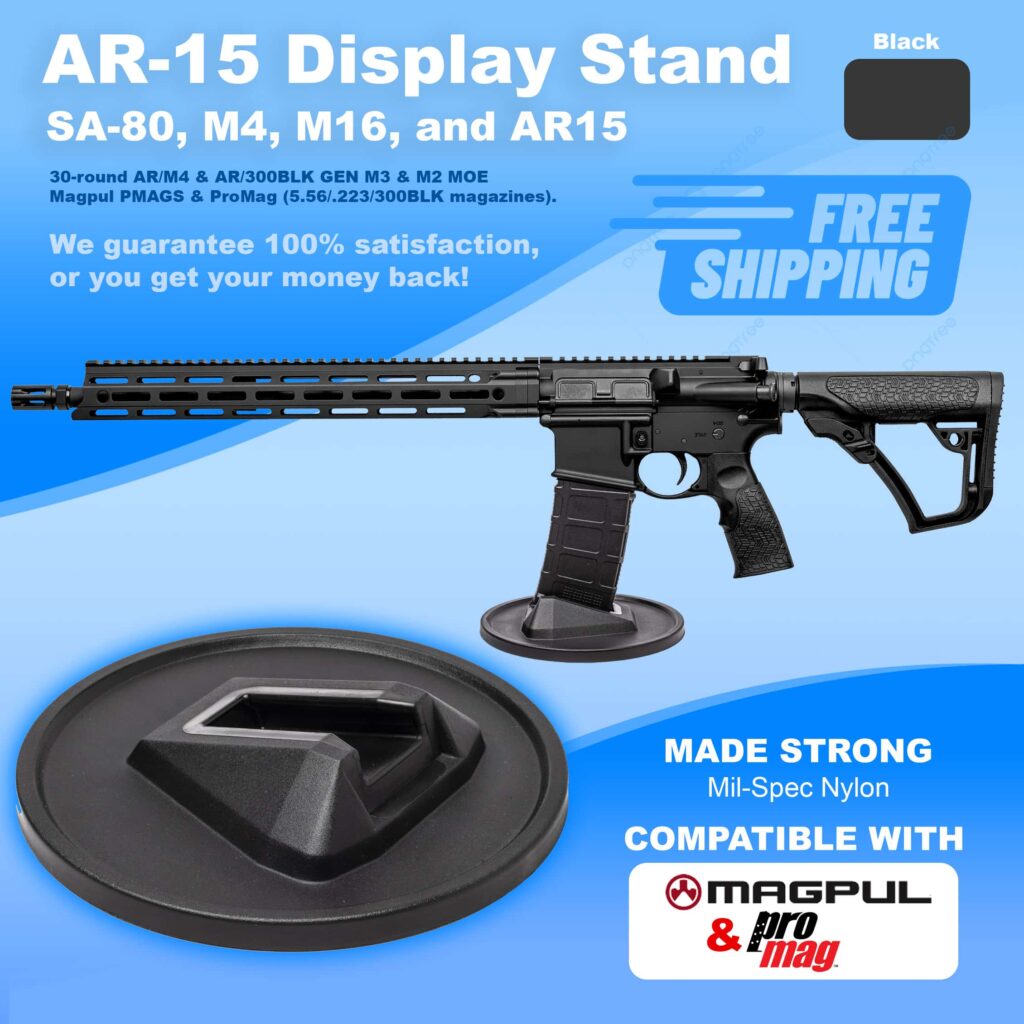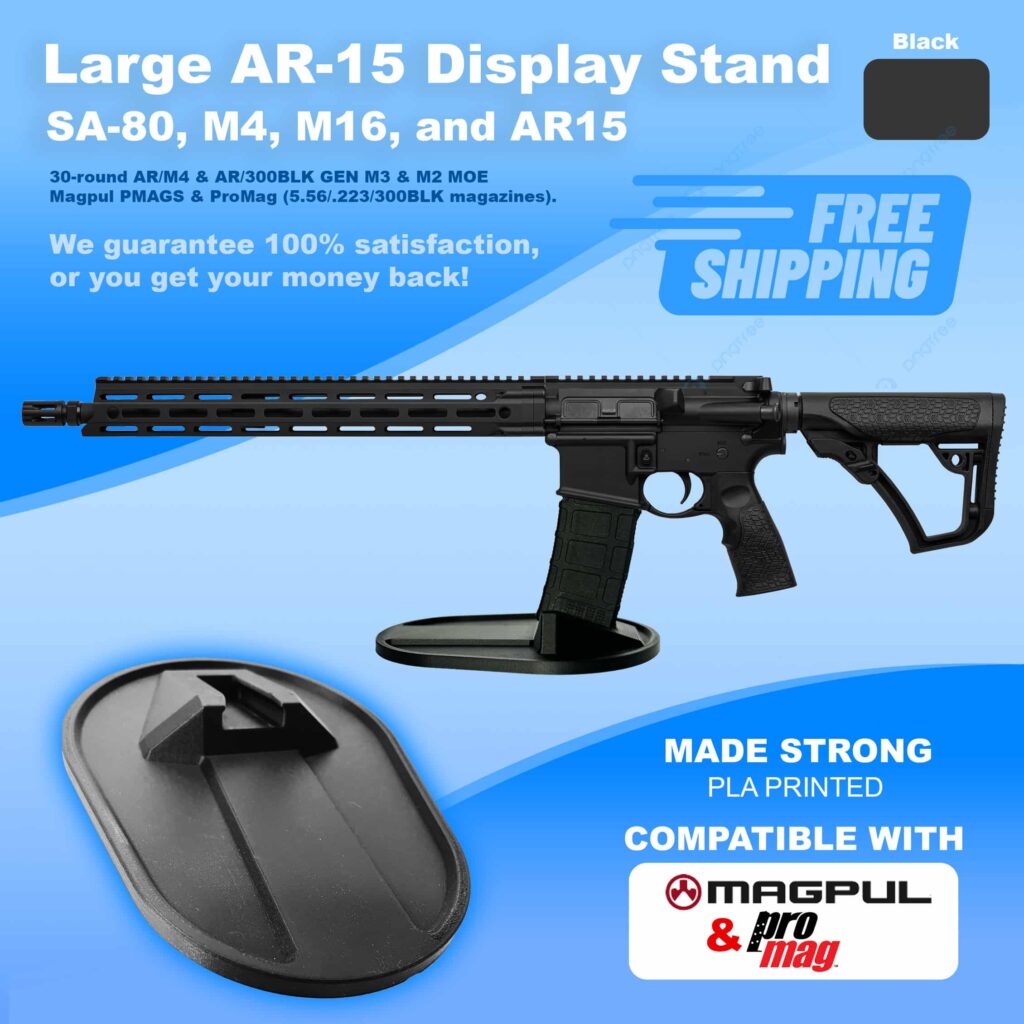Firearms have been integral to hunting, sports shooting, and outdoor activities for centuries. From their utility in providing sustenance to their role in recreational pursuits, guns hold a significant place in the lives of outdoor enthusiasts and sportsmen. This article explores the diverse applications of firearms in hunting and sporting, the technology behind them, and the ethical considerations that accompany their use.
The Role of Firearms in Hunting
A Historical Perspective
Hunting is one of the oldest human activities, and firearms revolutionized the practice. Before the advent of guns, hunters relied on bows, spears, and other rudimentary tools. Firearms, with their precision and efficiency, brought a new era to hunting, enabling hunters to target game more effectively and humanely.
Modern Hunting Applications
Today, firearms are used in various forms of hunting, including:
- Big Game Hunting: Targeting large animals such as deer, elk, and moose requires powerful rifles like bolt-action or semi-automatic models.
- Small Game Hunting: Shotguns and smaller-caliber rifles are ideal for hunting rabbits, squirrels, and birds.
- Waterfowl Hunting: Shotguns, especially those designed for wet environments, are used to hunt ducks and geese.
- Predator Control: Hunting predators like coyotes or feral hogs helps maintain ecological balance and protect livestock.
Popular Hunting Firearms
Firearms for hunting are designed for specific purposes. Some of the most popular types include:
- Bolt-Action Rifles: Known for their accuracy and reliability, these are favored for big game.
- Shotguns: Essential for bird hunting and close-range shooting, available in pump-action, semi-automatic, and double-barrel configurations.
- Muzzleloaders: Used by traditionalists who prefer a historical approach to hunting.
Ethical Hunting Practices
Responsible hunters emphasize ethical practices, such as:
- Following local hunting laws and regulations.
- Using appropriate firearms and ammunition to ensure a humane kill.
- Practicing conservation to protect wildlife populations.
Sporting Applications of Firearms
Target Shooting
Target shooting is one of the most popular recreational activities involving firearms. It ranges from casual practice at local ranges to competitive shooting sports.
- Precision Rifle Competitions: Tests shooters’ accuracy and skill at long distances.
- Bullseye Shooting: Focused on achieving maximum accuracy at fixed targets.
- Action Shooting: Involves dynamic courses with moving targets and timed challenges.
Clay Shooting Sports
Clay shooting is a challenging and enjoyable activity. Popular variations include:
- Trap Shooting: Targets are launched away from the shooter.
- Skeet Shooting: Involves crossing targets launched from two points.
- Sporting Clays: Simulates hunting scenarios with targets mimicking the flight patterns of birds or small game.
Practical Shooting
Practical shooting blends speed, accuracy, and movement. It includes disciplines such as:
- International Practical Shooting Confederation (IPSC): A global competition emphasizing marksmanship and agility.
- United States Practical Shooting Association (USPSA): Features courses with diverse shooting scenarios.
Firearms in Outdoor Recreation
Survival and Camping
Firearms play a role in outdoor survival situations by providing protection and the means to procure food. Many campers and survivalists include a firearm in their gear for emergencies.
Hiking and Wilderness Exploration
In areas with large predators, carrying a firearm can provide peace of mind. Lightweight, portable firearms are ideal for such situations.
Shooting Ranges and Outdoor Events
Outdoor ranges and events offer enthusiasts the chance to test their skills, compete, and bond with like-minded individuals. Events such as long-range shooting competitions and gun shows are central to outdoor firearm culture.
Choosing the Right Firearm for Your Needs
Considerations for Hunters
- Caliber and Ammunition: Selecting the right caliber ensures you have sufficient stopping power without unnecessary recoil.
- Ergonomics and Fit: A well-fitted firearm improves accuracy and reduces fatigue.
- Weather Resistance: Stainless steel or coated finishes are ideal for wet and rugged environments.
Considerations for Sport Shooters
- Customization Options: Many sports firearms offer adjustable triggers, stocks, and optics.
- Ammunition Costs: Budgeting for practice and competition ammunition is essential.
- Regulations: Ensure compliance with competition rules and local laws.
Considerations for Outdoor Use
- Portability: Compact and lightweight designs are advantageous for camping and hiking.
- Durability: Opt for firearms that can withstand harsh conditions.
- Ease of Maintenance: Simple mechanisms are easier to clean and maintain in the field.
Technological Advancements in Firearms
Optics and Scopes
Modern optics, such as red-dot sights and variable zoom scopes, enhance accuracy and target acquisition. Night vision and thermal scopes are invaluable for low-light hunting.
Material Innovation
Firearms now use advanced materials like carbon fiber and polymer to reduce weight while maintaining strength.
Smart Guns
Emerging technology in smart guns includes fingerprint recognition and electronic safety mechanisms, promoting safety and reducing unauthorized use.
Improved Ammunition
Advancements in bullet design and powder efficiency offer improved accuracy and lethality while minimizing environmental impact.
Safety and Training
Gun Safety Basics
Responsible firearm use begins with safety. Key principles include:
- Treat Every Firearm as Loaded: Always assume a gun is ready to fire.
- Never Point at Anything You Don’t Intend to Shoot: Keep the muzzle in a safe direction.
- Keep Your Finger Off the Trigger Until Ready to Shoot.
- Be Sure of Your Target and Beyond.
Training Opportunities
Numerous organizations offer training for hunters and shooters, including:
- Hunter Safety Courses: Required in many regions to obtain a hunting license.
- Shooting Clubs and Ranges: Provide practice opportunities and mentorship.
- Professional Instruction: Enhances skill and confidence with firearms.
Ethical and Environmental Considerations
Wildlife Conservation
Hunters play a vital role in conservation. By purchasing licenses and tags, they fund wildlife management programs that ensure sustainable populations.
Reducing Environmental Impact
Using lead-free ammunition and following “leave no trace” principles minimizes harm to the environment.
Community Engagement
Participation in hunting and shooting sports fosters community ties and promotes shared values of responsibility and respect for nature.
Conclusion
Firearms have a rich history and remain central to hunting, sporting, and outdoor recreation. Whether providing sustenance, challenging one’s skills, or exploring the wilderness, guns offer countless opportunities for enthusiasts. By choosing the right firearm, adhering to safety practices, and embracing ethical considerations, hunters and shooters contribute to a tradition that celebrates respect for nature and the pursuit of excellence.


















